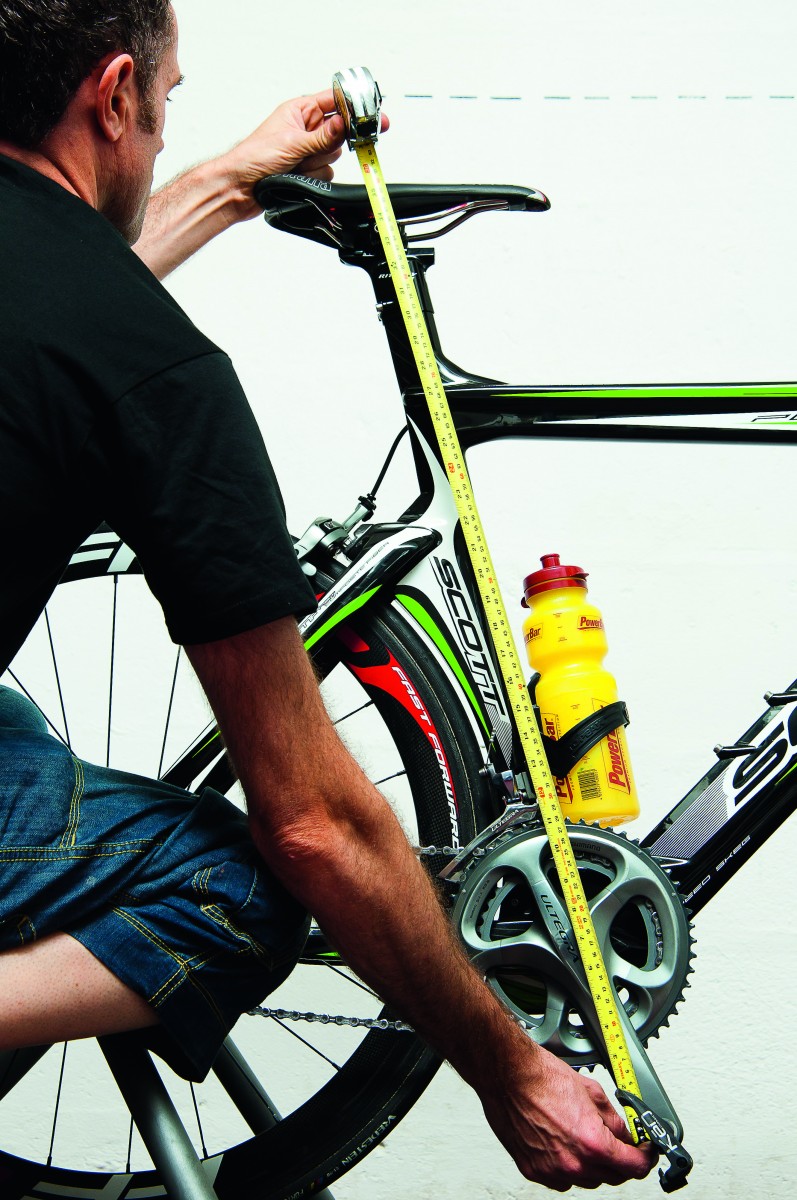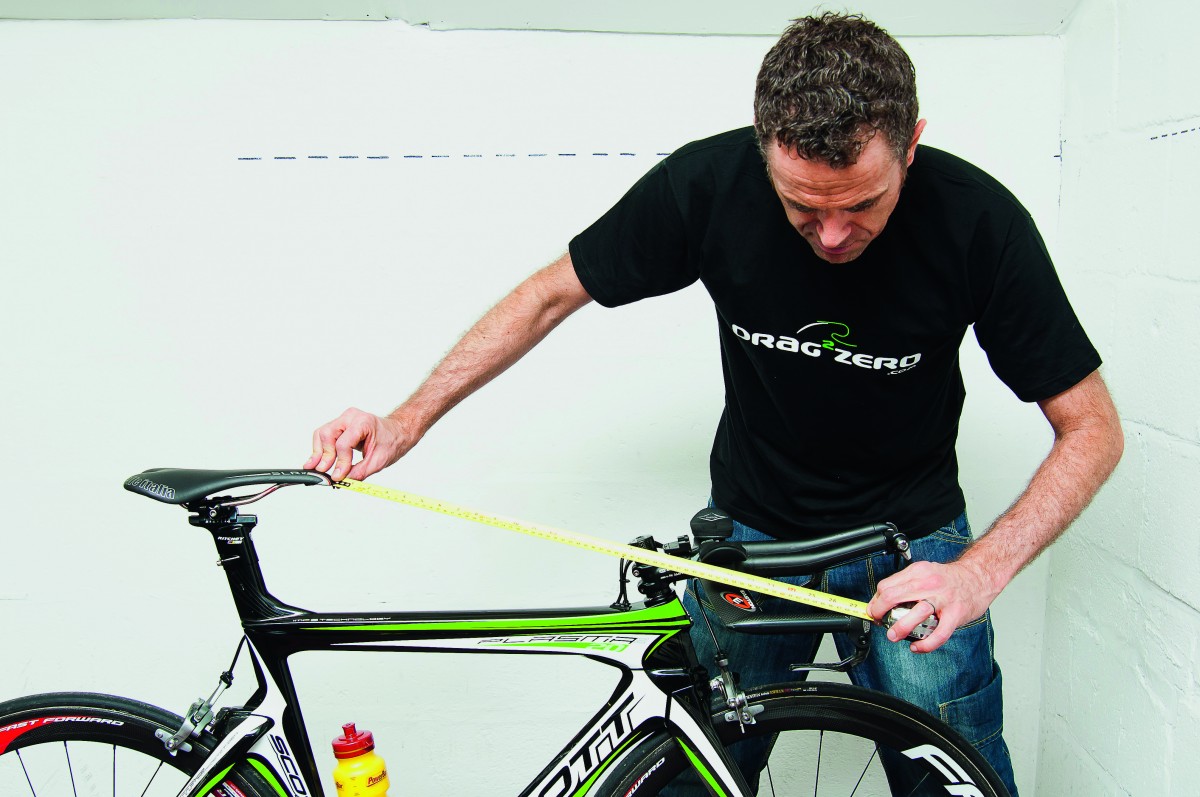Perfect bike set-up
Joe Beer offers six steps to ensuring a perfect bike set-up

Bike set-up often seems like a missed opportunity, with many people unsure how to get it right. You can’t just roll a bike straight out of the shop, get on and be training and racing in the right position.
In fact, I can spend three hours setting people up for a bike fitting. Only then do they realise how much needs to be taken into consideration to get it right.
IT’S A SIMPLE A, B, C
The way to think about your position is simple – [A]erodynamics, [B]ike handling and [C]omfort. Bear these in mind when it comes to self set-up…
1. The ideal saddle height should allow you to get a horizontal foot at the very bottom of the pedal stoke without needing to roll your hips on the saddle.
2. The nose of the saddle will vary from over the BB (bottom bracket) to as much as 8cm behind, depending on height and riding style.
3. With hands on the brake hoods, you should be able to ride with elbows slightly bent.
4. On aerobars, your knees should be within 5-8cm of the back of your elbow/tricep area.
Once you’ve played around a bit and found a comfy position, record all of the measurements for future use.
BIKE SET-UP ESSENTIALS

1. SEAT HEIGHT
Measure from pedal axle when furthest from the seat or centre of the BB to middle of top of saddle. Too high and the whole set-up is wrong.

2. FORE-AFT
Drop a plumb line from the nose of the saddle and measure your saddle distance behind the centre of the BB. Never sit ahead of the BB.

3. SADDLE PITCH
Use a spirit level to ensure the saddle remains flat under a load and doesn’t force weight onto the bars and your upper body.

4. COCKPIT LENGTH
Measure the nose of the saddle to the middle of the handlebar (road bike) or middle of aerobar pads (tri bike). If it’s too long, the handling will be dicey and uncomfortable.

5. AEROBAR LENGTH
From the middle of aerobar pads to the end of bars or centre of bar-end shifter (if fitted), this should allow the end of the bar to be held without over-stretching.

6. BRAKE REACH
Measuring the saddle nose to brake levers is vital to know if variations in stem, bars and levers allow safe braking and handling.




